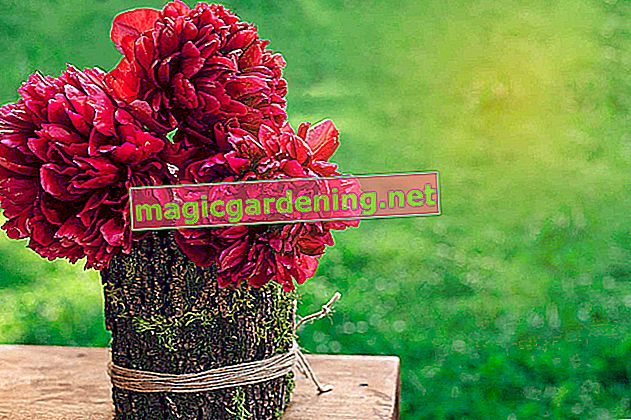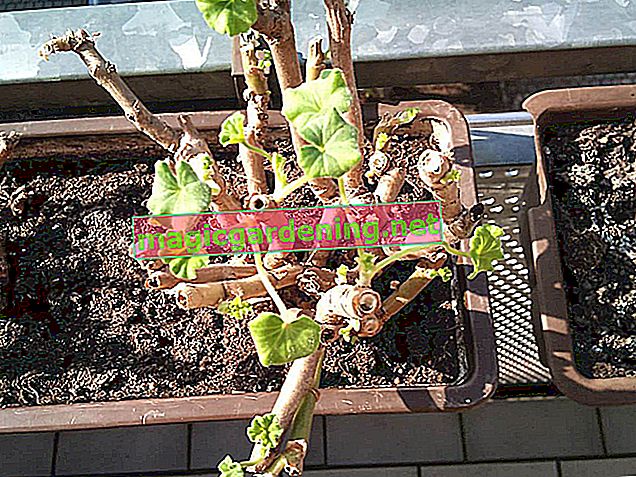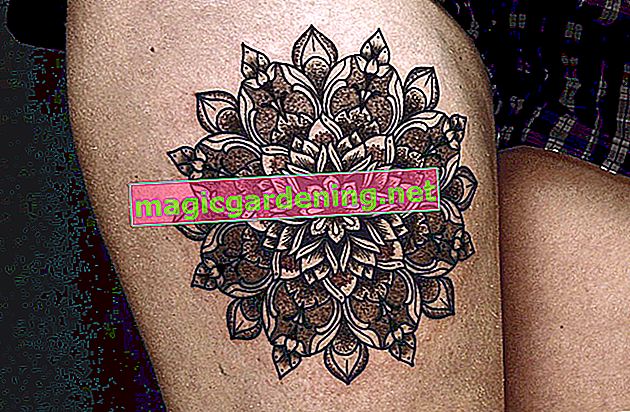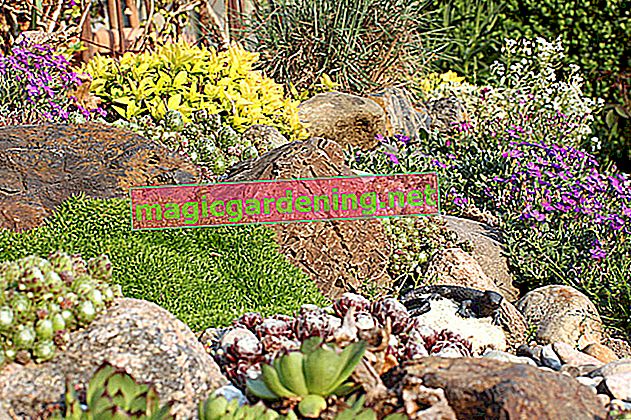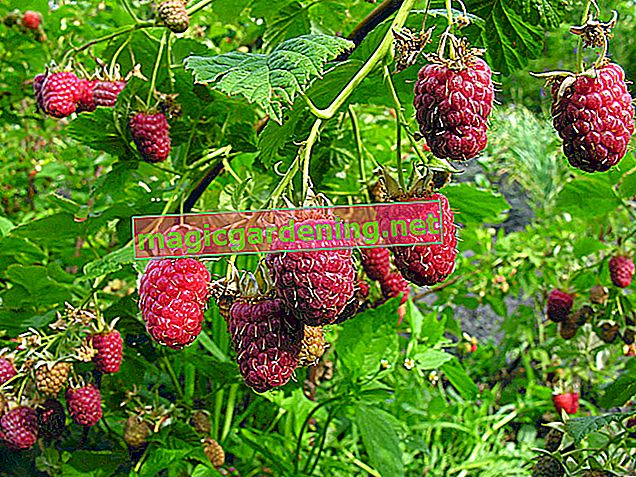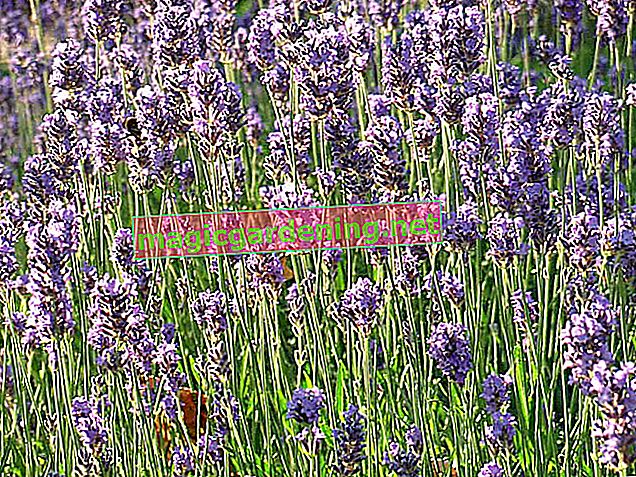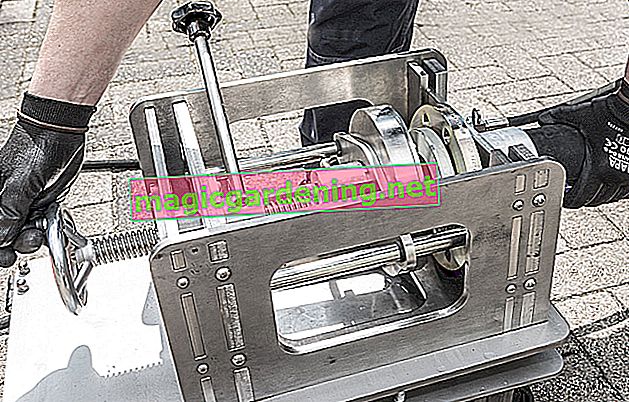
Shorten - a bushy, compact growth as a result
The Schefflera is extremely easy to cut. All the more reason to pay her a visit with a knife or secateurs. Shortening this houseplant makes sense for the following reasons:
- Stimulate branching
- Promotion of a bushy and compact growth
- Keep the height low
- Avoid twisting an ankle
- remove diseased parts
- Remove frozen parts
- Remove pest-infested parts
also read
- Root rot - one of the most common diseases of the Schefflera
- Schefflera: Pouring is the top priority
- Yellow leaves on the Schefflera - what's wrong?
What height does the Schefflera reach?
Without a regular cut to tame its growth, the ray aralia shoots up. At some point - often from a height of 40 cm - it loses its grip and needs a support. In this country it can reach a height of up to 3 m as a houseplant. In its home, warm and humid tropical forests, it can tower up to 30 m.
In spring or autumn with suitable tools
The best time to cut the Schefflera is in spring. An alternative is late autumn. But regardless of this, this houseplant can also be cut for the rest of the year. However, pruning in spring stimulates their growth. A cut in autumn slows growth somewhat.
You should use secateurs or a knife to cut, depending on what you want to cut. Lignified parts are cut through with clean secateurs. You can cut off fresh shoots with a knife. You can cut the Schefflera down to 30 cm without hesitation. It drives out again vigorously.
The roots can also be shortened
In addition to the above-ground parts of the plant, the roots can also be shortened if necessary. For example, if you repot the ray aralia, you have the chance to cut away rotten and dead roots. Healthy roots can be shortened. Then they branch out better.
Tips
When shortening, some shoots are left to cut. You can use these for propagating cuttings.

